Why Mid-Century Modern is More Complex Than You May Think

Mid-century modern is so on-trend right, but the classic design style is also somewhat timeless. Furniture with slanted legs, groovy color palettes, minimalist shapes... but then I came across this video from interior designer Lisa Holt and realized that mid-century modern is actually more complex than I thought!
As Lisa explains, there are several stages to the mid-century modern, and history truly shaped the design that we know and love today. Here's her video and the main points summarized below, including how to get a chic mid-century modern look in your home:
Table of contents
Disclaimer: Redesign may receive a small affiliate commission from purchases made via links in this article but at no cost to you.
The mid-century modern design style is celebrated for its timeless appeal, characterized by sleek lines, organic forms, and a harmonious blend of function and form. As we delve into this iconic style, it’s important to understand the historical context and cultural influences that shaped its evolution from the late 1940s to the late 1960s
When was the mid-century modern era?
The mid-century modern era began in the post-World War II period, extending from the late 1940s until 1969. During this time, the style underwent several transformations, influenced by various cultural shifts.
Post-war design
Post-war design in the late 1940s was marked by floral wall coverings, knotty pine finishes, and an abundance of pink hues.
The Atomic Age
The advent of the Atomic Age brought about a fascination with futuristic designs, as seen in the widespread use of starburst patterns and boomerang-shaped furniture.
The Space Age
The Space Age further fueled this trend, with the launch of Sputnik in 1957 sparking a wave of interest in space-inspired designs, leading to the Jetsons-like aesthetic that defined much of the period.
Examples of mid-century modern design
One of the best ways to explore mid-century modern design is through the lens of popular film and television sets, which often serve as perfect encapsulations of the style.
The Queen's Gambit
The series The Queen's Gambit offers a visual journey through the mid-century modern period, with its sets reflecting the evolution from post-war aesthetics to the more vibrant and daring styles of the late 1950s.
Mad Men
Similarly, Mad Men provides a deep dive into the mid-century modern era, contrasting the post-war design of Don Draper’s first home with the sleek, urbane style of his later bachelor pad.
Down With Love
Another great example is the film Down With Love, which showcases the playful and bold designs of the late 1960s through its lavish sets and costumes.
For those looking to incorporate mid-century modern design into their own homes, the key is to focus on the elements that resonate most with you, whether it's the Atomic Age aesthetic of the 1950s or the groovy, pop art-inspired look of the 1960s. Here are five tips to help you achieve an authentic mid-century modern style:
1. Architectural Cues
Leverage the architectural features of your home. If you live in a classic mid-century home with features like soaring ceilings or a floating fireplace, use these as focal points. In more modest homes, enhance the style through interior design choices that emphasize mid-century elements.
2. Iconic Furniture
Select one or two iconic pieces of mid-century modern furniture per room. Whether it’s a pair of Barcelona chairs or an Eames lounger, these pieces should stand out while the rest of the furnishings remain understated, allowing the space to feel intentional rather than cluttered.
3. Color Palette
Choose your color palette based on the era you wish to evoke. For a 1950s look, stick to earthy tones like walnut and subtle greens, with occasional pops of space-age turquoise. For a 1960s vibe, embrace brighter, bolder colors or opt for a monochromatic scheme inspired by pop art.
4. Lighting
Natural light was a key feature of mid-century modern design, with large windows and post-and-beam construction allowing for expansive views and an indoor-outdoor connection. Ensure your space is well-lit, and consider minimalist window treatments or bare windows to maximize daylight.
5. Art and Decor
Art played a significant role in mid-century modern interiors. Keep your artwork intentional and spare, with a focus on large, statement pieces or a few carefully chosen prints. If you prefer a more maximalist approach, embrace pop art and bold, colorful decor to make a strong style statement.
Before you start shopping, consider incorporating some of the most iconic mid-century modern pieces into your space. For a 1960s-inspired look, the Platner tables, Womb chair, and Arco lamp are essential. If you’re drawn to the 1950s, consider a Sputnik chandelier, an Eames chair, or a Florence Knoll sofa.
Of course, originals of these pieces will set you back a few thousand dollars, but there are some reasonable dupes and similar items around for less, especially as mid-century modern design is trending again:
Yaheetech Accent Chair and Ottoman Set
Arc Floor Lamp for Living Room with Remote
KAISITE Modern Chandelier 12-Light Sputnik Chandelier
Swivel Accent Chair with Ottoman
mopio Futon Sofa Bed
Which part of the mid-century modern era do you like best? Let me know down in the comments.














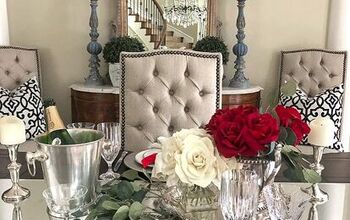

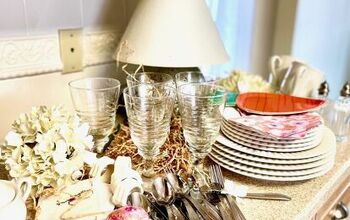
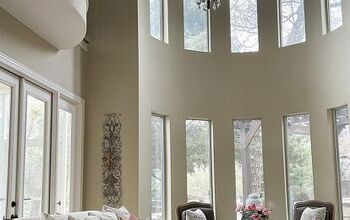
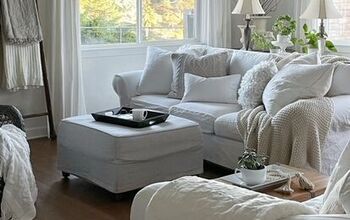








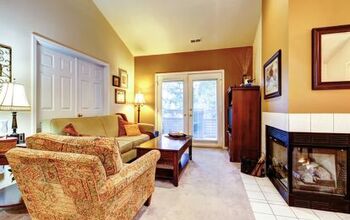

Comments
Join the conversation